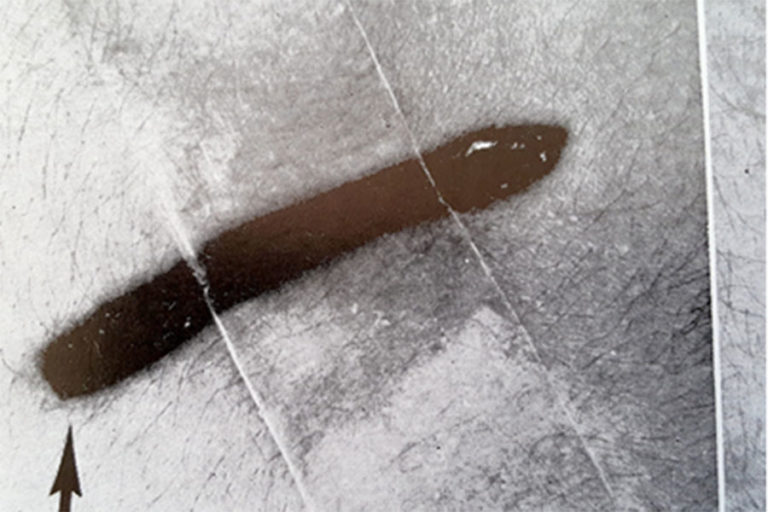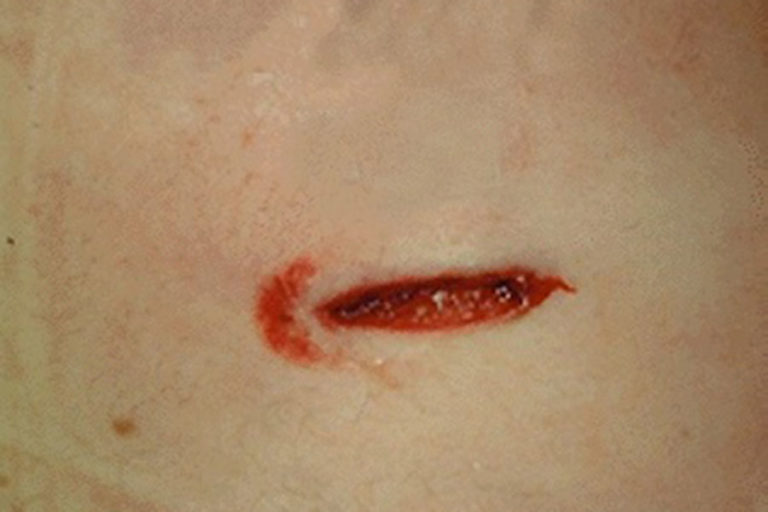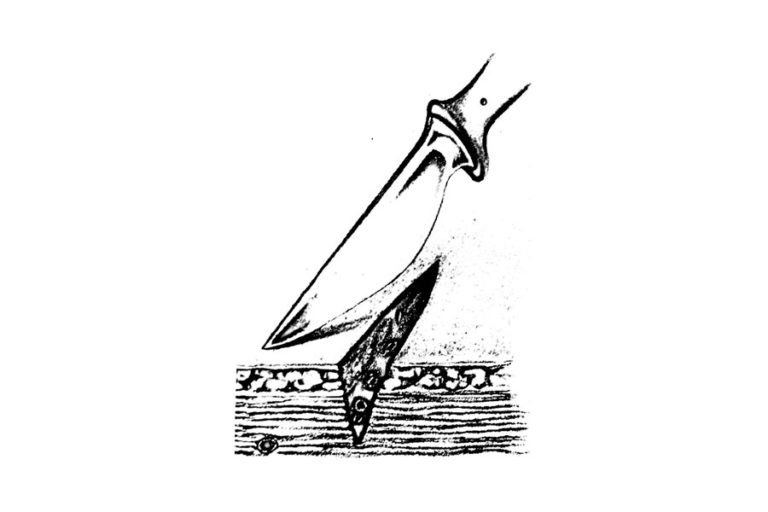Knife wounds: Directionality/Blade Width
Directionality and blade width may also be determined in a penetrating knife wound. If a hilt mark is present then directionality can be determined easily, but not all penetrating knife wounds have a hilt mark. …







